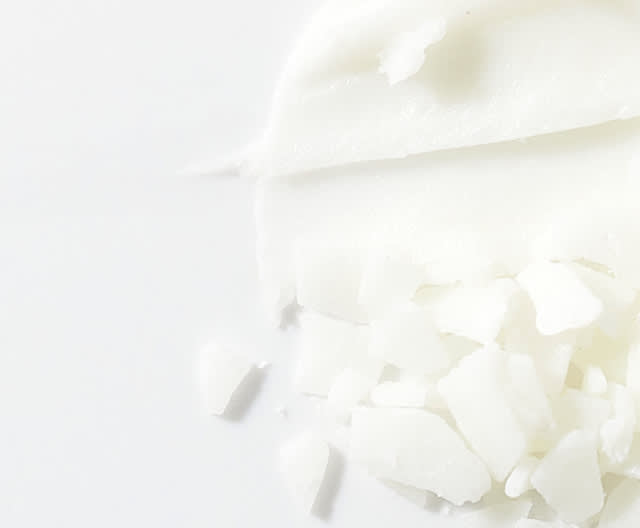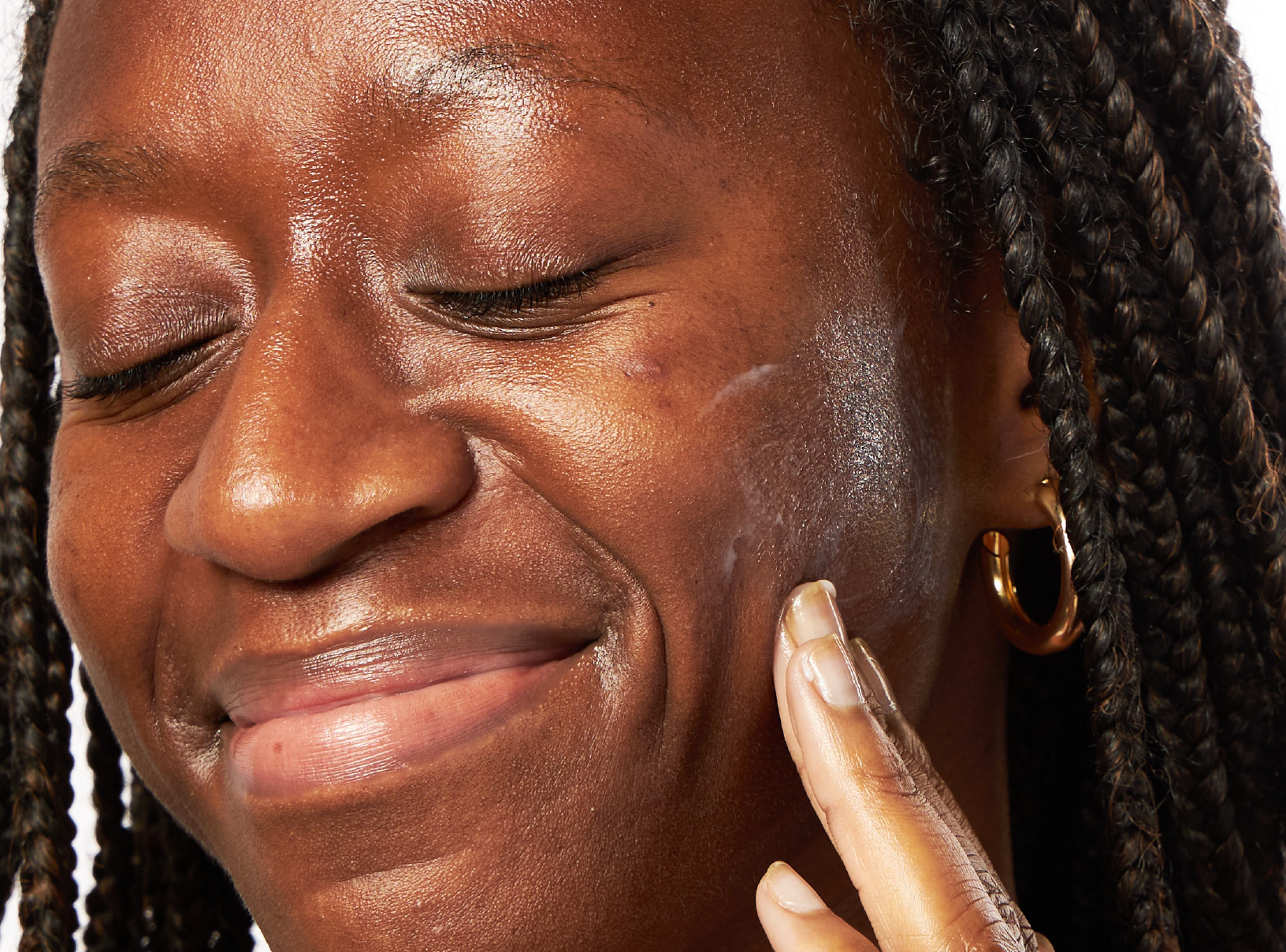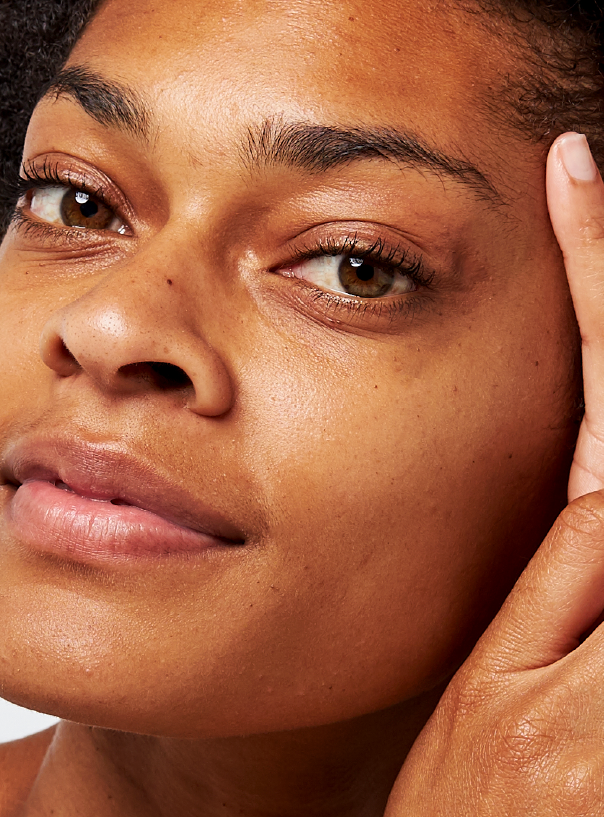Apostrophe Treatments
Everything You Need to Know about Azelaic Acid


SHARE
Apostrophe Treatments
Everything You Need to Know about Azelaic Acid
Medically reviewed by Aimee Paik, MD
Written by Daley Quinn
Last updated 11/3/2024
Whether you’re an azelaic acid expert or have never even heard of the ingredient before, there’s so much to learn when it comes to this under-the-radar, superstar ingredient. Azelaic acid has been recently making its way into many new skincare products on the market, and for good reason—it can treat multiple concerns while being pretty gentle on the skin, too.
Azelaic acid: the all-star ingredient for sensitive skin
“Azelaic acid is a topical agent that has many great skin benefits—it unclogs pores, decreases skin inflammation, and lightens hyperpigmentation,” explains Dr. Aimee Paik, a board-certified dermatologist. “Azelaic acid is a gentle product that is well-tolerated, and is used to treat rosacea, acne, post-inflammatory hyperpigmentation, and melasma.”
Azelaic acid is a rather gentle ingredient and isn’t as strong as some other, more powerful ingredients (like tretinoin) used to target acne. For that reason, azelaic acid “is well-suited for those with sensitive skin who have a hard time tolerating tretinoin,” says Dr. Paik.
When it comes to rosacea, azelaic acid is actually more effective than tretinoin in treating skin inflammation and redness associated with rosacea. “It has been shown to have equivalent skin lightening effects as hydroquinone 4% when used twice a day for four months,” says Dr. Paik.
Safety and side effects
While yes, azelaic acid is pretty gentle on the skin, it does come with a few side effects. “Azelaic acid can cause a mild burning sensation when first starting treatment—this effect tends to last for 10 minutes or less and usually subsides within a couple of weeks,” says Dr. Paik. “This minor discomfort is usually well-tolerated and does not mean your skin is being damaged.” Additionally, azelaic acid might cause mild dryness at the beginning of treatment, but it should go away with regular use of moisturizers.
Another huge plus about azelaic acid is that it’s one of the few ingredients that’s pregnancy-safe. Azelaic acid can be found in many skin care products available over-the-counter, but the strongest form of azelaic acid, which comes in a 15% strength, is available by prescription only. “It’s recommended to use a thin layer over the entire face once or twice a day,” suggests Dr. Paik.
Unlike other active ingredients, where you might have to be more careful mixing them together as they could cancel out each other’s efficacy (looking at you, retinol and Vitamin C), there aren’t any specific ingredients you need to avoid with azelaic acid, for fear that it won’t work effectively. “It’s compatible with most skincare products including benzoyl peroxide and tretinoin,” says Dr. Paik. “The limiting factor will be skin irritation—irritating over-the-counter skincare products should be minimized until azelaic acid is well-tolerated, after which they can cautiously be added back in.”
The results
Since azelaic acid could be a bit irritating upon first use, Dr. Paik recommends avoiding other irritating skin care ingredients, such as salicylic acid or AHAs, when starting azelaic acid. But it’s best to speak with your Apostrophe provider for their specific recommendation for you. “Like most topical medications, it takes time to see azelaic acid’s effects—regular use for 2-3 months is needed before its benefits are truly seen.”
Shop this post

Finacea (azelaic acid)

Tretinoin
Like what you just read? Sign up for our email list to get the scoop on skincare science delivered straight to your inbox.

Deep Dives
A dermatologist shares his thoughts on the recent studies about benzoyl peroxide and benzene.
Read More
Education
What is milia?
What is milia? Today, we’re jumping into one type of bump that you may have heard about most commonly in infants — milia.
Read More
Education
Best moisturizer for acne-prone skin
If you have combination acne-prone skin, figuring out which moisturizer is best for your skin might be tough. In this guide, we break down the best moisturizer for combination, acne-prone skin.
Read More
